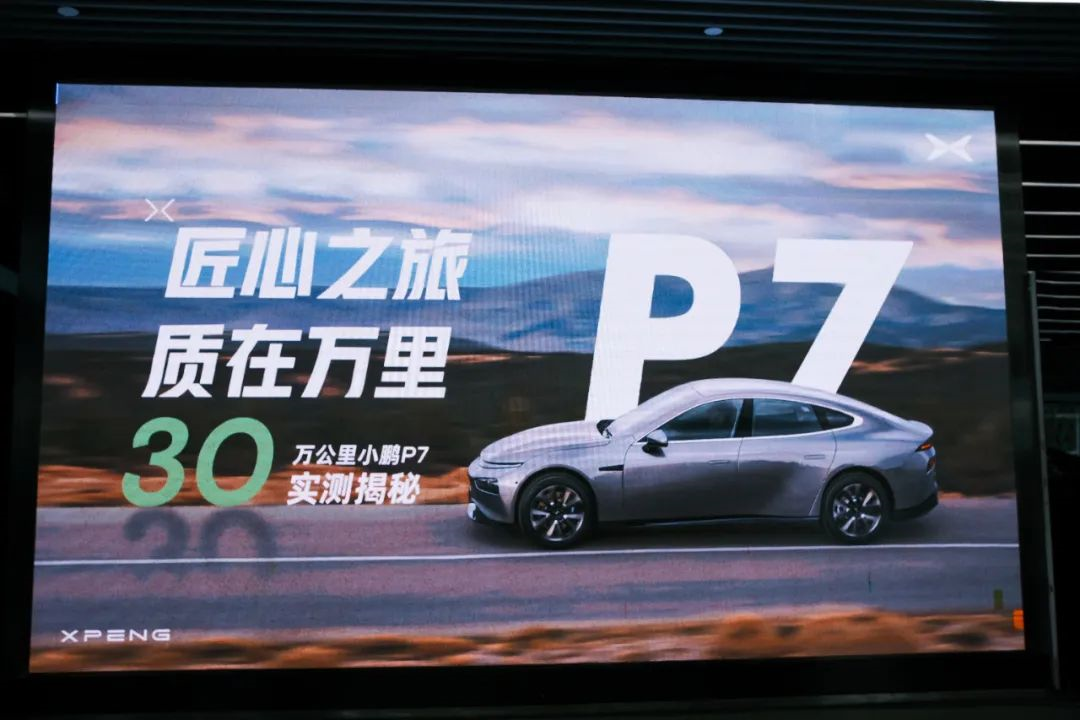Article by: Jingtao Wu
Electric vehicles may be more “durable” than you think.
Over the past two months, I have written several articles exploring the overall experience of using electric vehicles, including topics such as collision safety, range anxiety, resale value, and charging experience. However, almost every article has sparked the same question from readers: how durable are electric vehicles, especially their batteries?
In particular, many readers expressed strong concerns about the condition of the vehicle, especially the battery life, after extended and high mileage use.
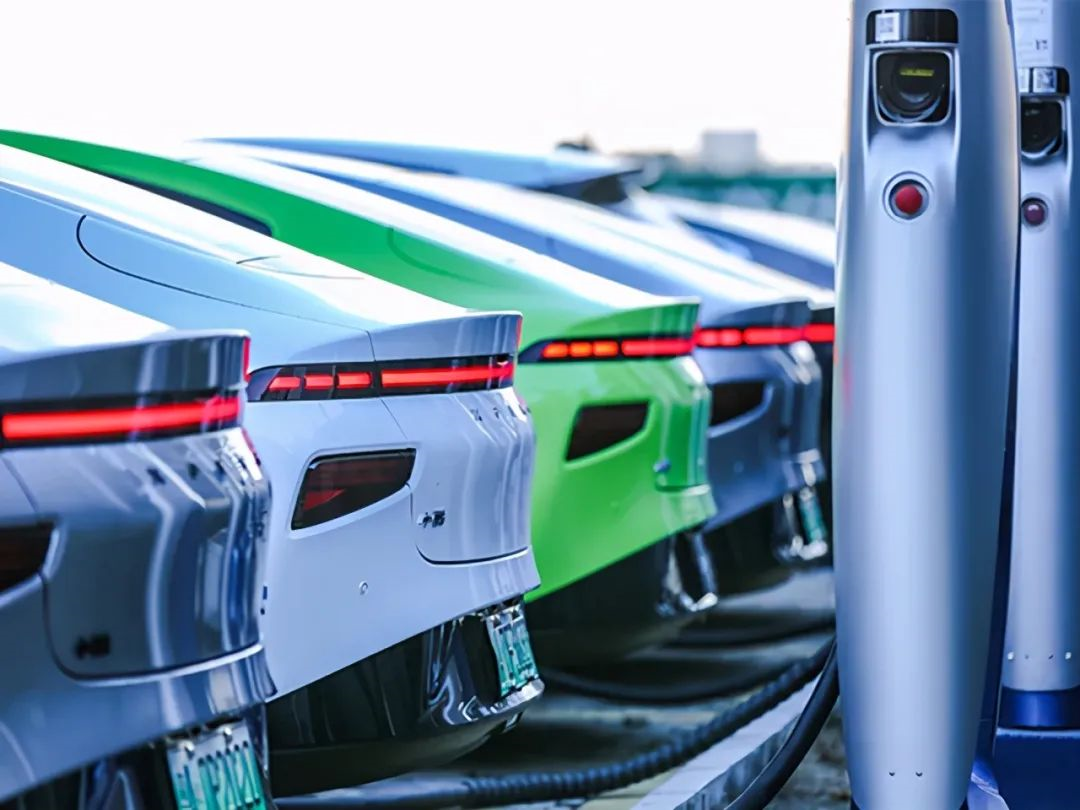
I have been wanting to address this topic, but I lacked sufficient data and reliable cases to support my argument. However, last week, XPeng Motors held a test drive event for their P7 model, which has been driven for 300,000 kilometers, giving me hope to explore the topic of electric vehicle durability.
What does 300,000 kilometers mean?
To discuss the durability (or quality) of electric vehicles, we need to first determine the time period within which it makes sense to evaluate them.
Just like a smartphone, it would be ideal if it could last forever. However, considering user experience and the frequent update of technology, how many people actually keep a phone for three to five years or longer? And, even if there are those who do, how significant is that proportion?
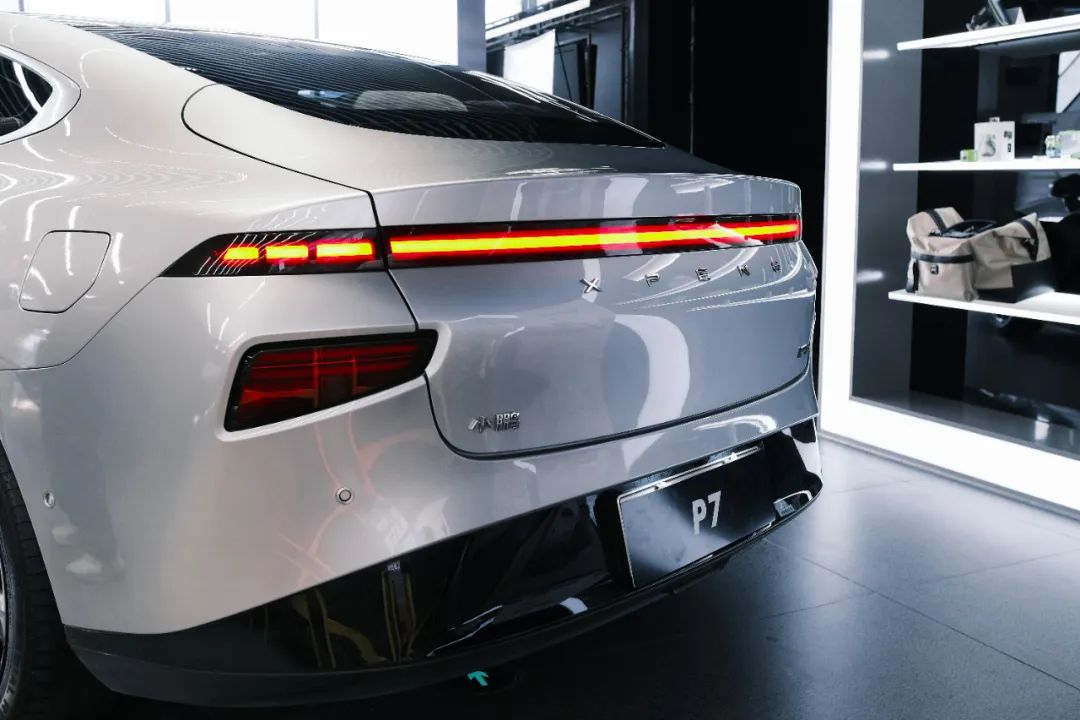
During the XPeng test drive presentation, a senior evaluator from China Association of Automobile Manufacturers revealed some data: in traditional gasoline cars, the replacement rate is 40% after 100,000 kilometers, 80% after 200,000 kilometers, and 95% after 300,000 kilometers. Therefore, for traditional gasoline cars that are believed to have better durability, 300,000 kilometers already covers most of the mileage for the majority of vehicle owners.
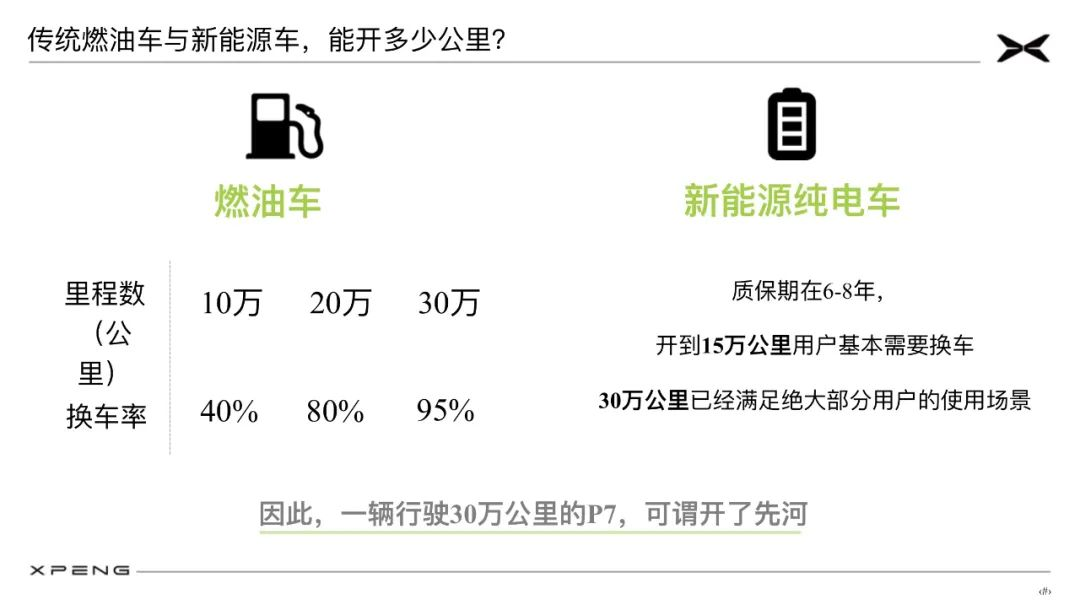
For pure electric vehicles, under current national regulations in China, car manufacturers must provide a warranty of at least eight years or 120,000 kilometers for energy storage devices such as power batteries, drive motors, and motor controllers. If we assume a replacement period of 150,000 kilometers, a mileage of 300,000 kilometers can cover two cycles of vehicle ownership.Therefore, the “defining limit” of 300,000 kilometers as a test of vehicle durability is convincing for both traditional fuel vehicles and pure electric models.
About this P7
According to XPeng’s statement, this P7 is a non-operational vehicle that was bought back from a real car owner in Shenzhen. For the XPeng P7, which has just been on the market for two years, running 300,000 kilometers already sounds like a considerable figure. But what is more surprising about this P7 is that it reached 300,000 kilometers in just a year and a half.
Calculated based on 543 days in a year and a half, this XPeng P7 needs to travel 552.4 kilometers on average every day to reach 300,000 kilometers. Based on the NDEC 670km nominal range of this model, this XPeng P7 needs to be charged at least once a day to support such a high driving range in the past year and a half.
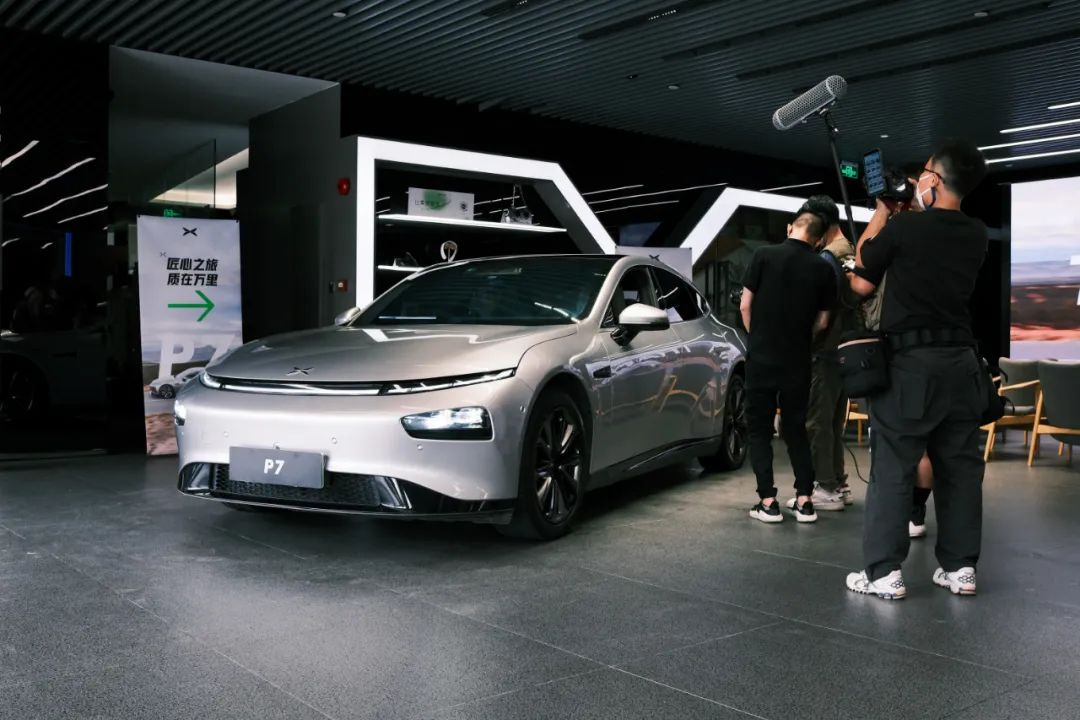
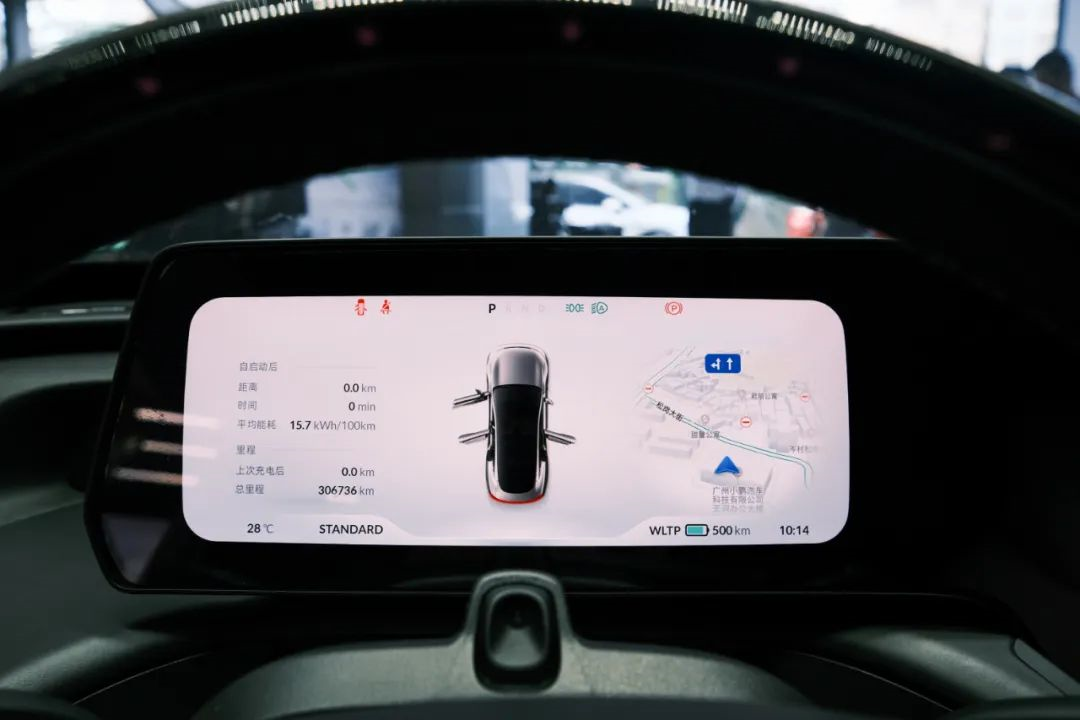
Out of curiosity, I tried to find out why this XPeng P7 was able to run 300,000 kilometers in a year and a half. The staff said that this was a privately purchased vehicle, but it was provided to internal employees of the company as a commuting car for long periods of time, and it was heavily used every day, resulting in such a high driving distance.
On-site, I closely observed the appearance of the vehicle, circling it round and round. From the scratches on the hub caused by rubbing against the curbs, the tires have been replaced with Chaoyang brand (originally Michelin PS4), and the damaged door waistline caused by other cars opening their doors, it is clear that this car has been used.
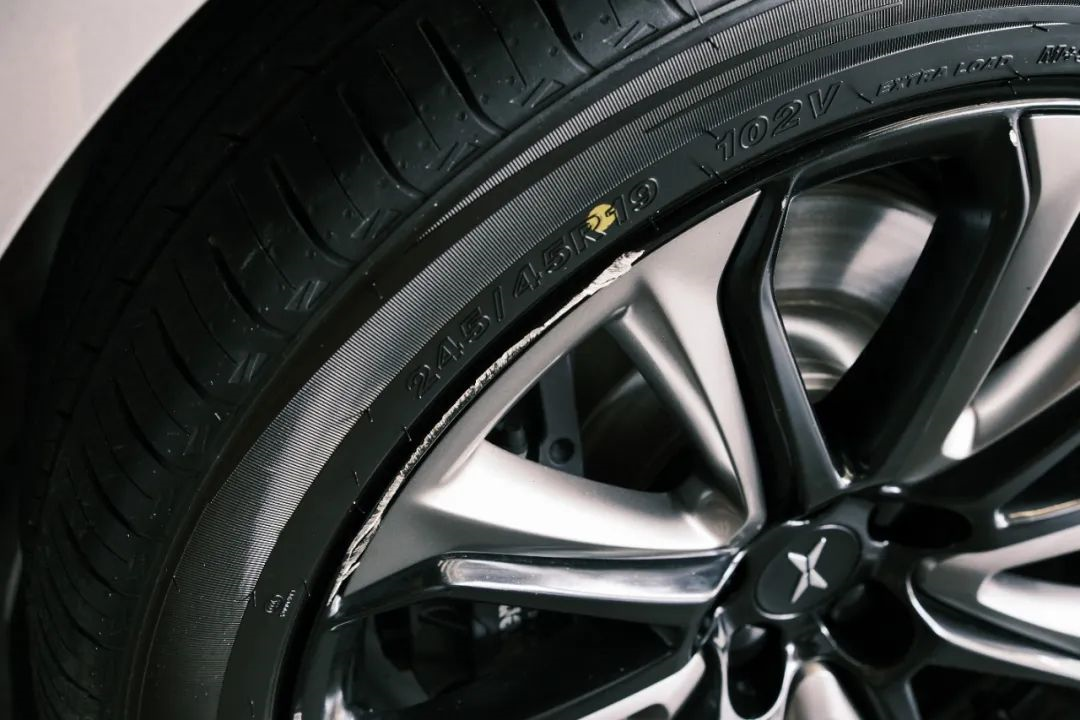
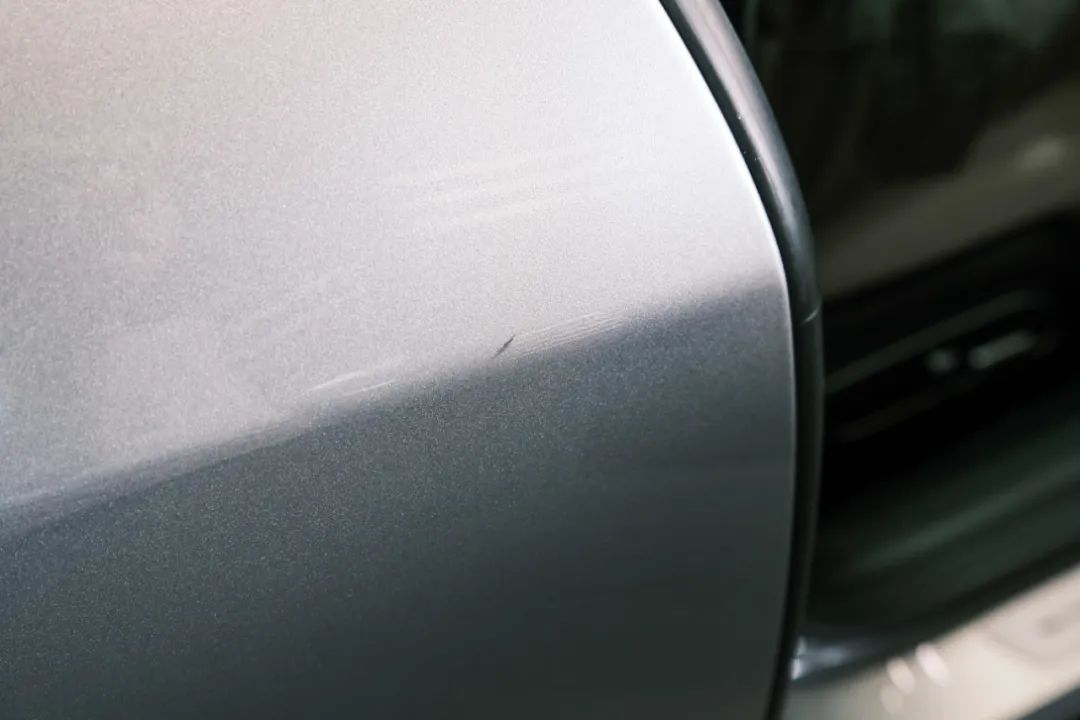
I touched the paint on the body with the back of my hand and found that the feel was different from that of a new car. The paint on this XPeng P7 has a noticeable graininess. This confirms what the XPeng staff said that this car was only given a simple cleaning after being bought back and did not undergo a deep paint cleaning or correction, making it a relatively “authentic” old car.
Open the car door, you will find scratches that come from heavy use on the sill and steering wheel. However, as an old car that has traveled 300,000 kilometers, the condition of the driver’s seat of this XPeng P7 is far better than I expected, except for the slight discoloration of the white interior due to the fact that it is not resistant to dirt, both the surface leather and the internal filling materials are in much better condition than I expected. The electric seat adjustment is still very smooth, except for a very slight vibration.
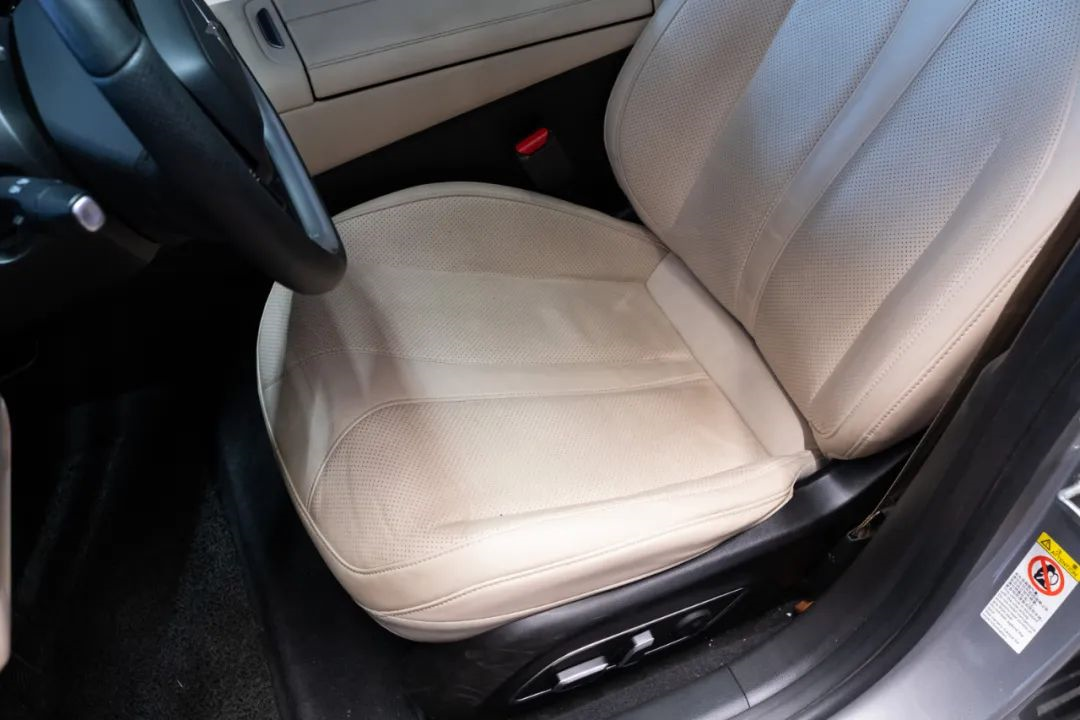
Meanwhile, there is a faint, unpleasant odor in the car, which is very consistent with the situation of company employees’ long-term use of cars. If your company also has a long-term commuting car, you should be able to sympathize with the kind of smell I’m referring to. Of course, this also indirectly proves that this car has indeed not been thoroughly cleaned or “refurbished”.
Data and Experience
After the static experience, there was a presentation and a comparative test drive of the new and old P7. During the presentation, XPeng announced a series of “check-up reports” on this P7 that had traveled 300,000 kilometers. Compared to the aspects of the appearance, interior, and chassis, which are greatly influenced by usage environment and usage habits, the health and capacity of the battery are relatively less affected by usage environment and usage habits and are the items that most people are concerned about.
In the meeting, XPeng announced the battery testing results of this XPeng P7 that has traveled 300,000 kilometers, conducted by Beijing Zhongche Lian Technology Training Center.
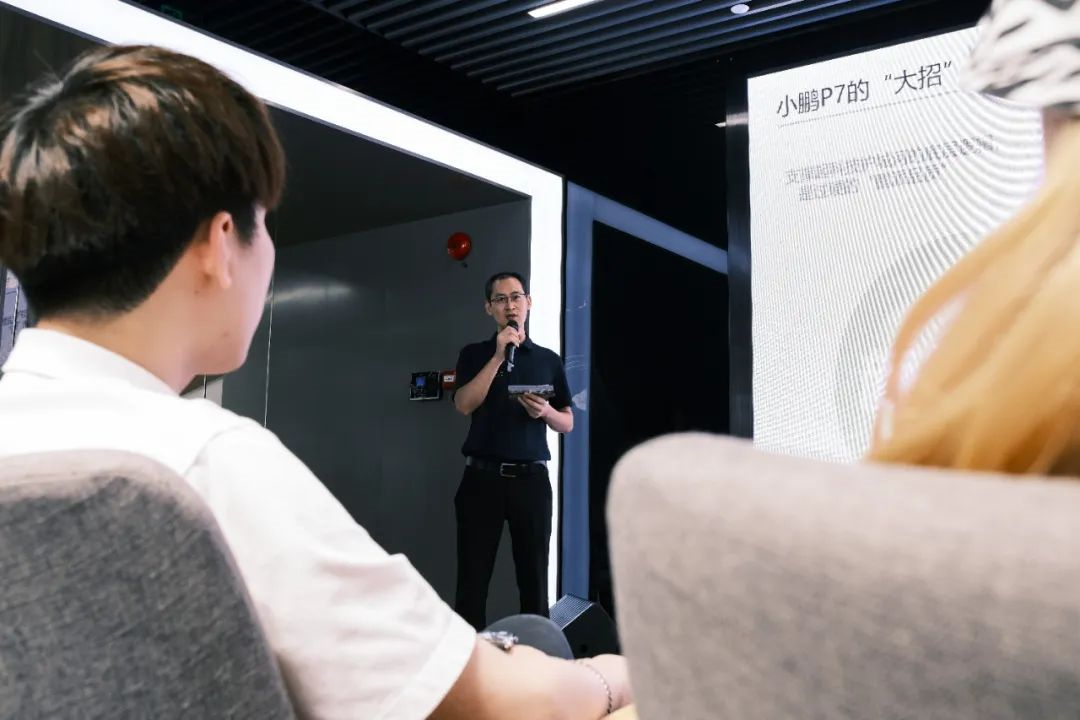
With at least one charge per day and an average daily travel distance of more than 550 kilometers, under such high frequency of charging and discharging usage and long-distance driving, the technical test showed that the battery health was above 90% and the vehicle’s range was still above 80% (actually 540-550km of range, and the official NDEC range for new cars is 670km).
I don’t know how everyone feels after seeing this set of data. As for me, this set of data does refresh my understanding quite a bit. For a new, high-quality car like the XPeng P7, I already had a relatively positive expectation, but after traveling 300,000 kilometers and undergoing at least 500 charges and discharges, I was still surprised by the health and actual range of the battery.
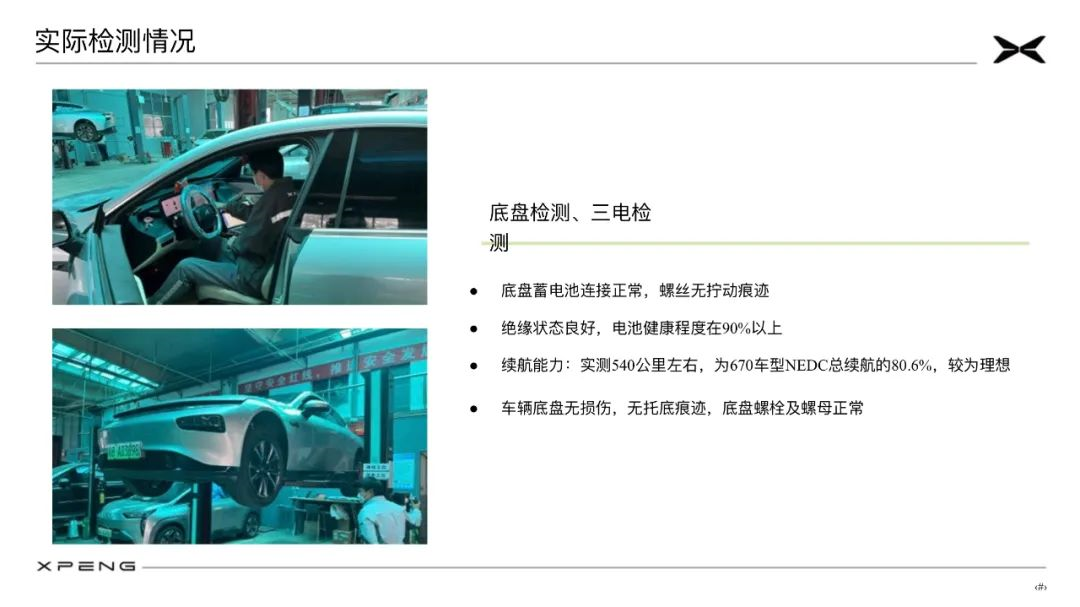 Undoubtedly, specific issues require specific analysis. This performance can only represent the small Xpeng P7 model strictly speaking. However, as a product released two years ago, achieving such excellent battery endurance performance, with two years of technological innovation, we should have more confidence in the performance of current mainstream new models.
Undoubtedly, specific issues require specific analysis. This performance can only represent the small Xpeng P7 model strictly speaking. However, as a product released two years ago, achieving such excellent battery endurance performance, with two years of technological innovation, we should have more confidence in the performance of current mainstream new models.
The driving test was conducted at the end of the event. Xpeng arranged to drive the new P7 with only a few thousand kilometers first, and then experience this 300,000-kilometer old car. It must be said that this direct comparison reveals Xpeng’s confidence. After all, experiencing a new and old P7 on the same route in a very short time, the differences between the two can be easily perceived.
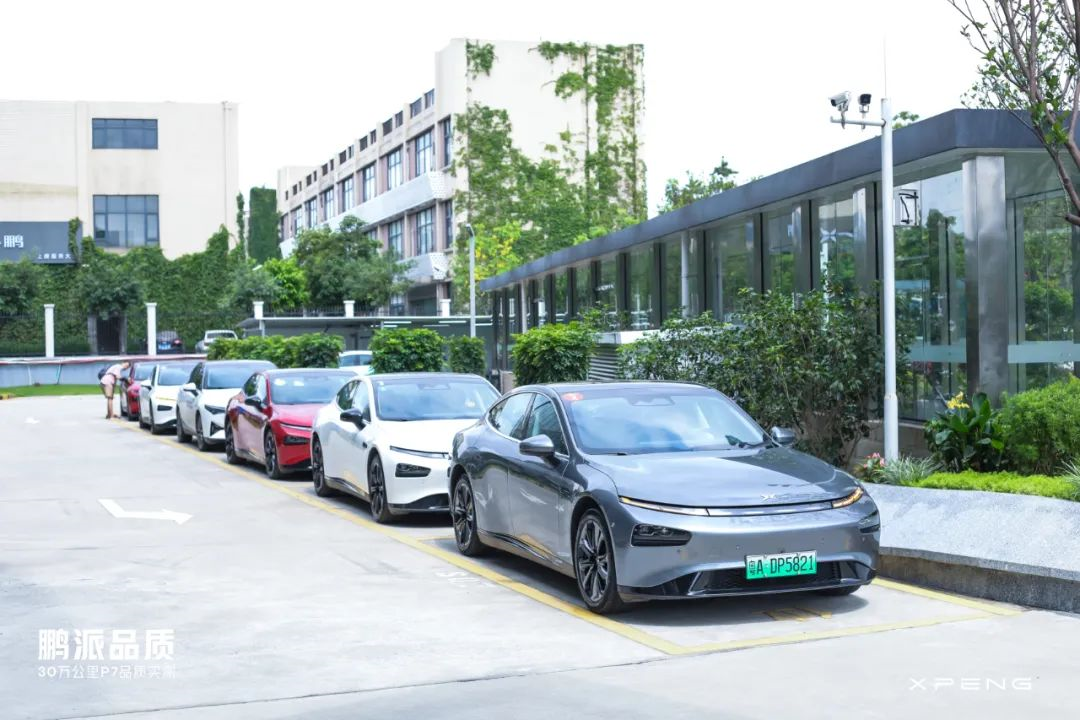
This time, the test drive route was selected from Cencun Vehicle Management Office in Guangzhou to Tianhe Vanke. Although the distance is not long and the speed limit is not fast, this test driving route has strong representativeness for Guangzhou’s non-core and non-main thoroughfare road conditions. There are many cars on the road, poor road conditions, many bumpy potholes, and patches that have been repaired and are obviously higher than the normal road surface.
The first difference I noticed when switching from the new car to this 300,000-kilometer old car was tire noise. The rolling noise of the P7 tires that have traveled for 300,000 kilometers is significantly louder than the new car, especially on the “patch road”. Of course, the direct cause of this problem is not the deterioration of the car condition, but that the original car owner did not replace the same tires after the Michelin PS4 tires worn out in the original factory, but replaced them with much cheaper Chaoyang RP76 tires.
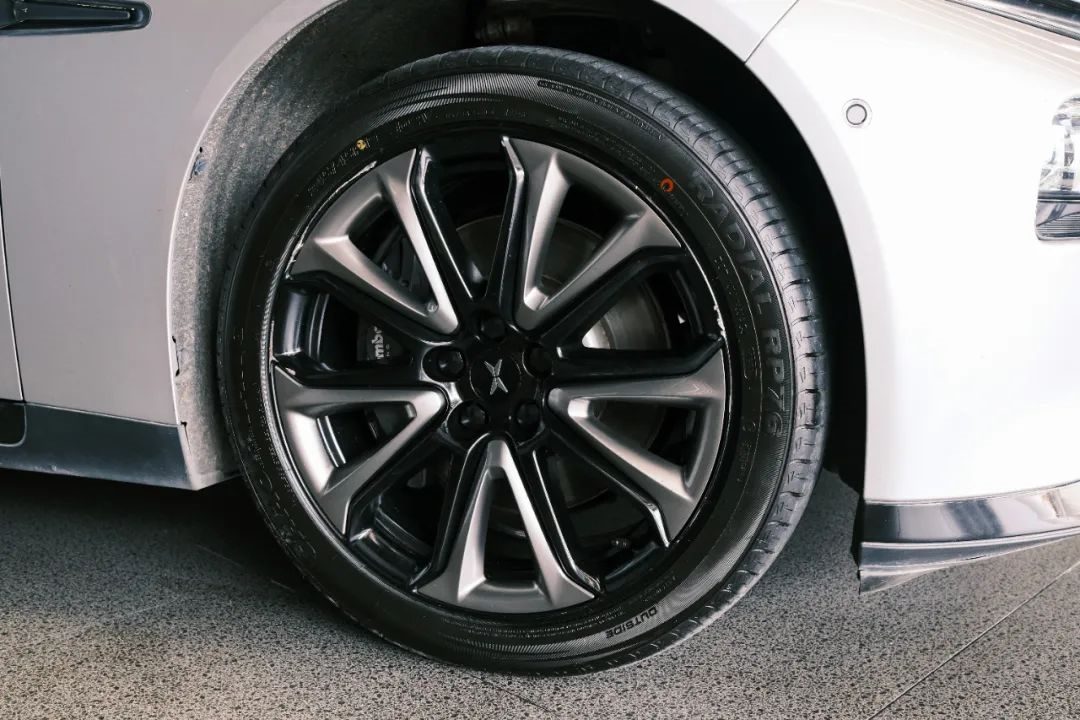
For the P7 without door frames, the suppression performance of wind noise after driving 300,000 kilometers should also be a concern for everyone, but because the test drive did not involve high-speed road sections, it only drove at speeds around 60 km/h in the city. The difference between the new and old vehicles is not obvious.
Surprisingly, the performance of this car on the chassis and steering feel is impressive. Switching from the new car to this 300,000-kilometer old car, I have the most “doubts” about these two points. Because I often take some ride-hailing cars with higher mileage, the loose chassis state brings a lot of negative impacts on the riding experience.
However, driving this 300,000-kilometer P7 on a test driving route with unfavorable road conditions, the suspension’s damping performance is still “proper” when passing through broken asphalt roads. The overall performance of the chassis when passing through some deeper manhole covers or potholes is not significantly different from that of the new car just tested.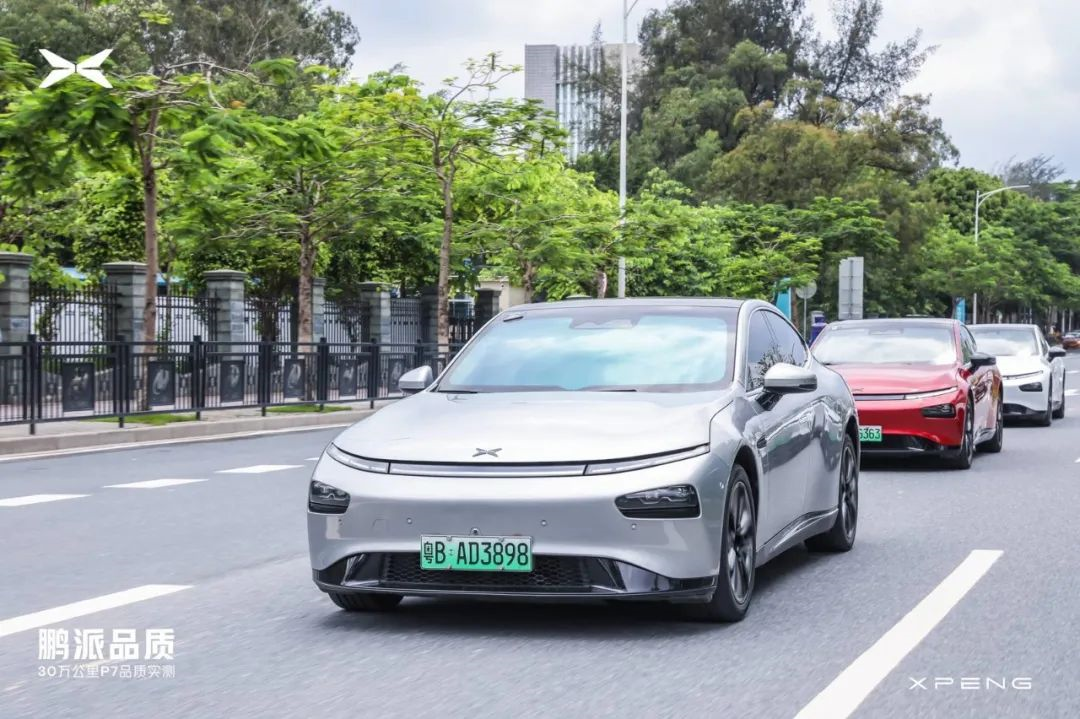
When it comes to the handling of this 300,000-kilometer P7, there is no stiffness or friction noise when the steering wheel turns. The damping gain of the steering input and the force when returning to the center are both very natural and smooth.
Due to the limited test drive route and road conditions that day, the distance and speed range of driving this 300,000-kilometer Xpeng P7 were relatively limited. However, even within this short distance of a few kilometers, driving this vehicle back and forth at normal commuting speeds in the city, it is still “hard for me to associate this car with an old vehicle with a mileage of over 300,000 kilometers.” This is firstly related to the owner’s driving habits and maintenance investment. But without reliable quality and good durability as a basis, it is also difficult to achieve such performance.
Closing Remarks
After participating in the Xpeng event, “I reviewed everyone’s doubts about new energy models, especially electric vehicles, at different times.” From the initial observation and retention of electric vehicles as “novelties,” to subsequent concerns about the safety of electric vehicles, as the number of electric vehicles increases, people also have doubts about the experience of energy replenishment, second-hand value, durability, and other aspects of electric vehicles.
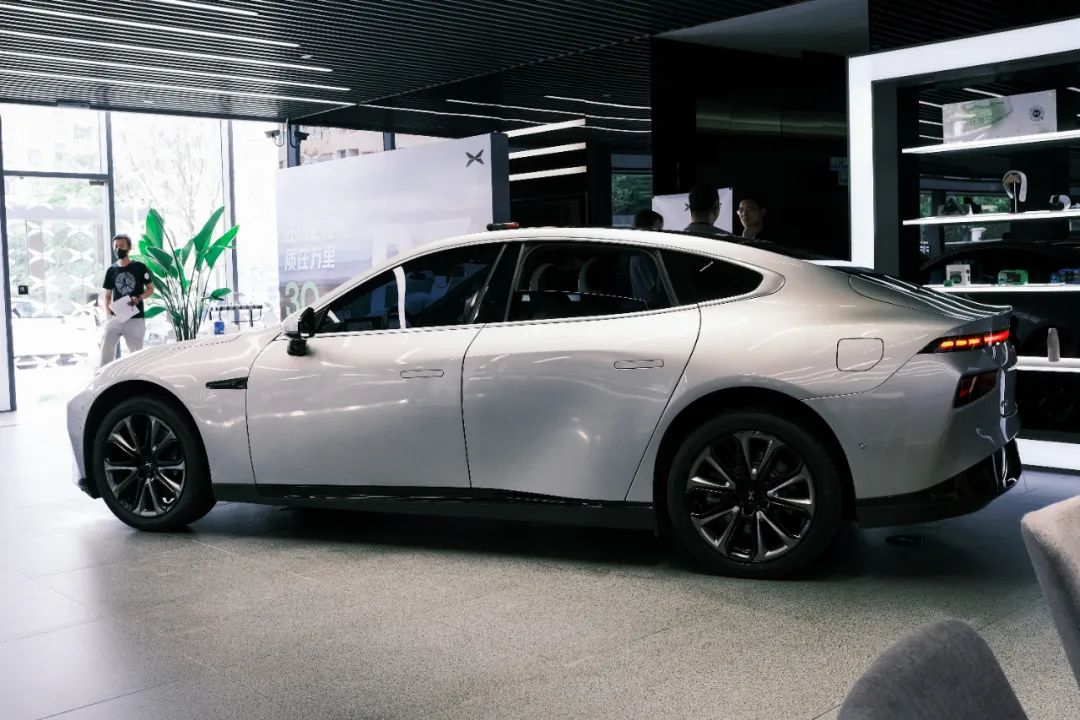
However, if we stand in the present and view these doubts from “God’s perspective,” we will find that these doubts themselves are witnesses to the development of electric vehicles. In order to solve consumers’ doubts, automakers continue to increase research and development investment, solve existing problems through product replacement and technological updates, and then promote more consumers to choose electric vehicles. And as the number of electric vehicles increases, new problems and doubts will slowly emerge… This is a cycle, a virtuous cycle between automakers and consumers.
Undoubtedly, durability is one of the main concerns of consumers about electric vehicles at present. But from the experience of Xpeng’s 300,000-kilometer vehicle, we can actually see that some automakers have delivered an excellent answer to this problem. “With the further updates of technology and products, we believe that doubts about the durability of electric vehicles will soon be eliminated.”
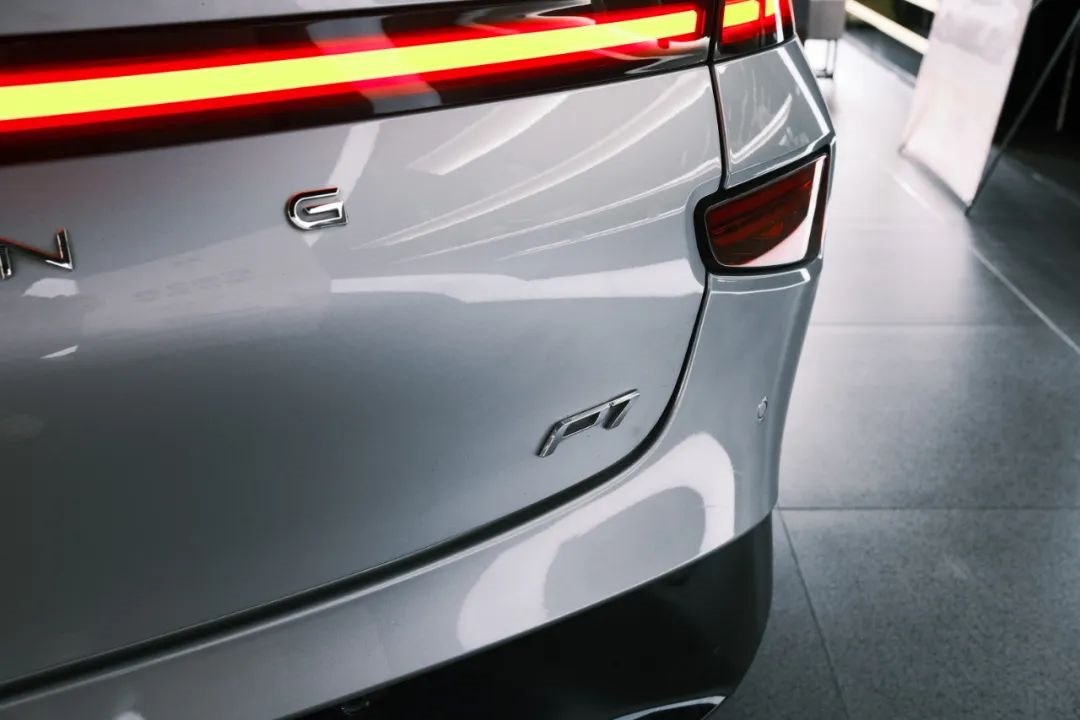
So the question is, after eliminating the doubts about durability, what will be the next doubt about electric vehicles? Feel free to leave your thoughts in the comments.
This article is a translation by ChatGPT of a Chinese report from 42HOW. If you have any questions about it, please email bd@42how.com.
